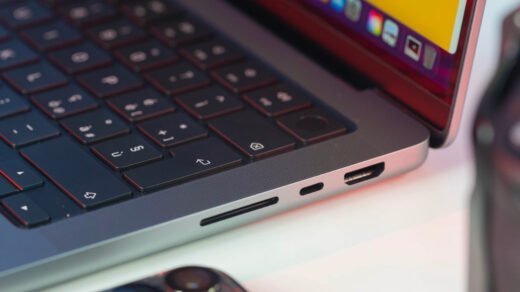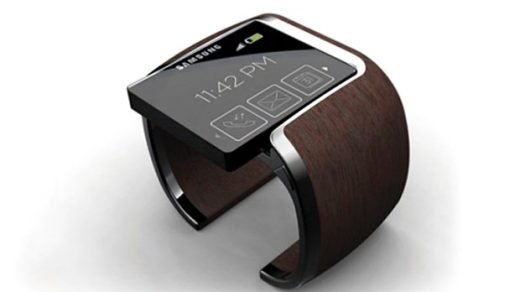This guide explains what a UFS card is and how it differs from the TF cards, also called microSD cards.
Flash storage devices are often used with cameras and mobile phones. USB drives and microSD cards offer great utility as external storage devices for gadgets.
Flash storage has gone through rapid technological evolution since the last decade. With each iteration of a new form of flash storage, we continue to see higher read/write speed, more storage capacity, and portable dimension on the offer.
Initially, there were thumb drives(USB/pen drives) for PCs and microSD cards for phones/cameras.
In 2004, TF(TransFlash) cards were launched, which offered more portability and improved read/write speed compared to traditional SD cards.
In 2016, Samsung launched the first UFS card, which could read and write two to three times faster than SD cards.
What is a micro SD Card?
SD cards or microSD cards are removable and compact flash storage devices. SD stands for Secure Digital. These are mainly used to meet the external storage requirements of mobile phones, digital cameras, action cameras, portable PC media players, etc.
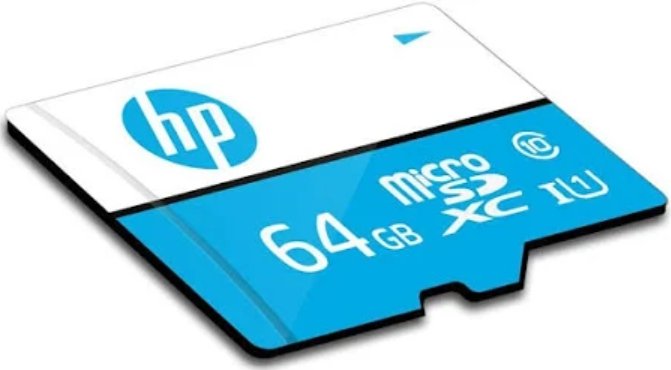
MicroSD cards can store 32 GB of data and up to 512 GB. These flash storage devices are usually classified by the data transfer speed they support. An SD card is preferred on a mobile device as it offers a faster read and write speed.
What is a TF Card?
TF cards or Trans Flash cards are an advanced form of SD card with faster writing speeds than traditional microSD cards.
Also, TF cards are more compact than the SD cards. The first TF cards were introduced by Sandisk and Motorola.
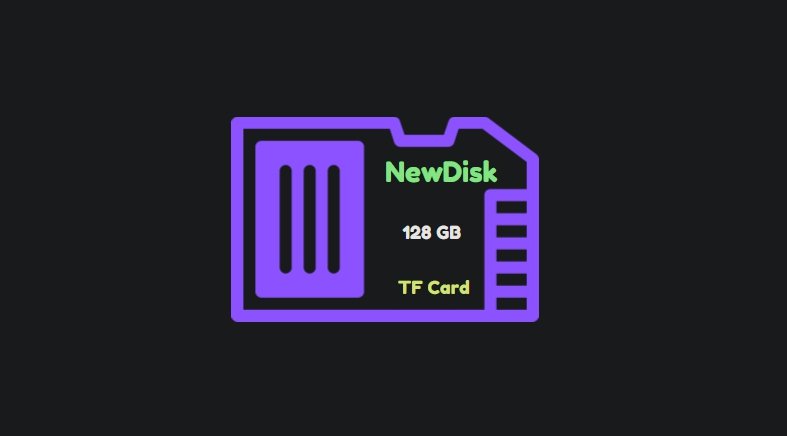
It is for the sake of standardization, that SD cards and TF cards are named separately. If one of your gadgets supports an SD card, it will also support a TF card.
UFS: Future of Flash Storage
Technology is an ever-evolving phenomenon. The improvement in read and write speed requirements for flash storage is always in demand. This led to the creation of the UFS or Universal Flash Storage system.
UFS cards are up to five times faster than traditional SD cards when it comes to data transfer rate.
Samsung announced the first UFS card in 2016 but it was not launched for the public. In 2020, UFS cards were made available to the public for purchase.
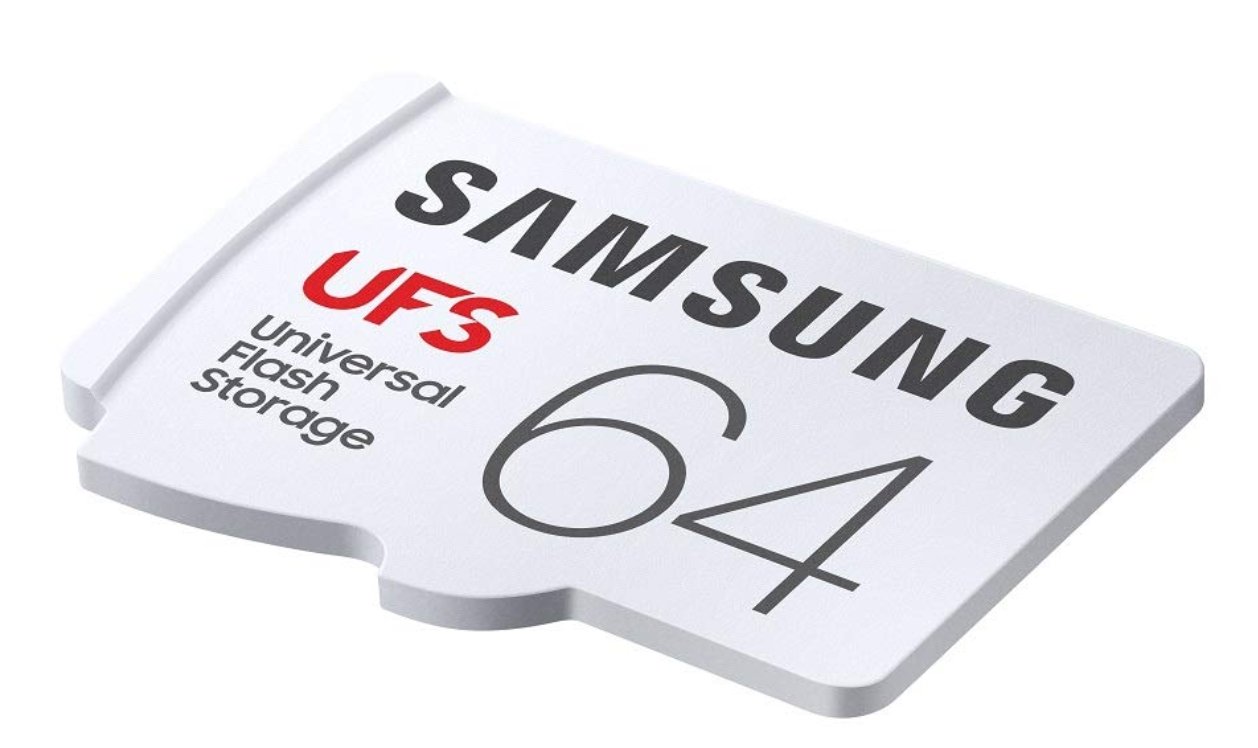
UFS has various standards which I have shared below.
| UFS Standard | Features |
| UFS 1.0 | Data transfer rate of 5.8Gbps |
| UFS 2.0 | Data transfer rate of 11.6 Gbps Command Queueing Enhanced multitasking |
| UFS 2.1 | Improves reading speed with Host Performance Booster or HPB Command Queue Priority |
| UFS 3.0 | Data transfer rate of 23.2 Gbps Improved bandwidth Latency Reduced |
| UFS 3.1 | Data transfer at 23.2 Gbps per lane Improves writing speed with Write Booster |
| UFS 4.0 | Data transfer at 46.4 Gbps Backward compatible with UFS 3.1 |
It is essential to figure out the UFS standard supported by your device(compatible with UFS) before you intend to purchase a UFS storage.
While UFS may seem like the ultimate solution to all the flash storage requirements, its interface dependency can limit its usage on specific devices.
If you have a phone that supports an SD card, you cannot get a UFS card to use as secondary storage. The device must support UFS storage by default.
Difference Between UFS and TF Cards
As UFS is becoming more mainstream you should know how it is different from the TF cards(SD cards). This will allow you to understand the new generation of flash storage and decide on what auxiliary storage to select for your device.
| UFS (Universal Flash Storage) | SD/TF Cards |
| Theoretical Read Speed 530mb/s | Theoretical Read Speed 105mb/s |
| Theoretical Write Speed 170mb/s | Theoretical Write Speed 40mb/s |
| Full duplex operation is supported | Supports Half duplex operation |
| Simultaneous read and write | Read and write operations carried out separately |
| Quite expensive as compared to SD/TF cards | Less expensive as compared to UFS cards |
| Lower power requirement (device’s battery) | Comparatively higher power requirement (device’s battery) |
| Less compatible with modern smartphones and cameras | SD cards are supported on most smartphones |
| Storage capacity starts at 32 GB and goes up to 256 GB | Storage level starts at 8 GB and goes up to 512 GB |
Frequently Asked Questions(FAQs)
How to tell an SD Card and UFS Card Apart from the First View?
A UFS card has shark fin-styled edges whereas a TF card has flat edges. Also, the signal design(gold plated side on the UFS/TF) cards are different.
Who Introduced the First TF Card and When?
Motorola and Sandisk introduced the first TF card in 2004.
Are SD Cards and TF cards Different?
In terms of standardization nomenclature, they are different but a TF card is essentially an SD card with better writing speed and a more compact design.
When was the First UFS Card Launched?
Although UFS cards came into existence around 2011, and Samsung announced its UFS cards in 2016, it was in 2020, the first batch of UFS cards was sold publicly.
Bottom Line
With the way its standards continue to improve over time, UFS cards are going to replace the SD cards and TF cards in the future. Also, we can expect mass popularization and widespread usage of UFS cards leading to UFS becoming an affordable storage format across various devices.
Depending on your use case, device, and budget, get a generic microSD card, TF card, or UFS card. Opt for the flash storage that offers faster read and write speed and is secure for longer usage. For more such informative articles keep reading DigitBin.
If you've any thoughts on What is UFS Card? Difference between UFS and microSD (TF card), then feel free to drop in below comment box. Also, please subscribe to our DigitBin YouTube channel for videos tutorials. Cheers!


